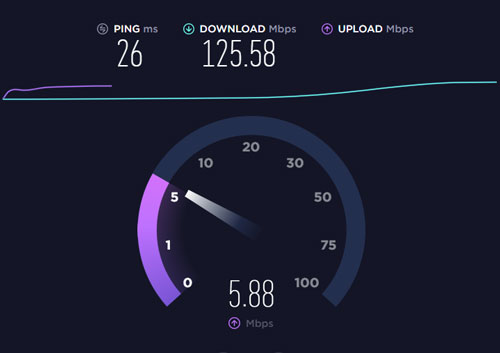There’s a lot to think about when you’re trying to increase traffic to your website. For example, are you SEO-keyword optimized? Is your website leveraging plugins appropriately? Do you have visual appeal and easy navigation? But among the many questions to ask yourself, one that tends to get overlooked is website speed: is site loading as fast as it possibly could be for your website? This is actually a much bigger concern than many give it credit for: online consumers have grown increasingly impatient as their options have expanded, and their subsequent tolerance for even marginally slow sites is dwindling. Websites need to load quickly; fortunately, there are a couple of key things you can do to make sure yours is lightning-fast. Here are five important ways to improve site speed.
Optimize (re-size) images.
Images are likely an essential component of your website (especially if yours is an e-commerce site that needs to showcase products). But depending upon the web host you’re using, you may have been allowed to upload images without regard for their size (and might be creating slow load times as a result). The right graphic-editing tools or plugins can allow you to re-size those high-quality images on your site in a way that will keep them sharp but prevent slow load times.

Minify.
Most websites and web apps today increasingly rely on CSS and Javascript – text files that can get long (and create slow load times) if the code is not properly managed. That’s where minifying comes in. By eliminating extra spaces, unnecessary line breaks, comments, or block delimiters in your code, you can notably decrease the length of code and reduce the amount of data that’s transferred – thereby reducing load time.
Use a CDN (Content Delivery Network).
CDNs are important to think about if your audience – or your prospective audience – is global. A CDN is a network of servers distributed across a geographic area so that content is delivered to users from a server that’s nearer to their location. For example, if your business is in Texas but you need to reach audiences from the Southern United States all the way through northern Canada, a well-distributed CDN can help prevent consumers in upper Manitoba from experiencing slow load times.
Enable Caching.
Browser caching allows site visitors to keep the downloadable files from your site directly in their browser. The next time they visit your site their load times will be faster because they won’t have to re-download content; they’ll only download any updates that have been made because all other downloadable content will already be there. Browser caching is awesome for promoting site speed: it decreases your visitor load time while also reducing server bandwidth required. You’ll most likely enable caching through plugins, and there are a ton of great ones out there that are proven to boost site speed and performance.
Make sure you’ve got great web hosting.
This might seem like a no-brainer, but your web host can either be helping – or hurting – your site speed, so they’re worth thinking about. Do your research when you first choose a web host; pick those who are renowned for response time and have a track record of investing in and updating their server architecture. If you’ve already been working with one web host for quite a while but have questions about their ability to support faster site speed, it might be time to call in outside expertise.
Contact Gauge Digital Media
Digital marketing experts like Gauge Digital Media know who to trust regarding site performance, and will be there to consult with you on whether your web host is really the best one for you. Give us a call at (410) 376-7709 if you’re ready to talk faster site speed and an overall sharper digital marketing strategy.



